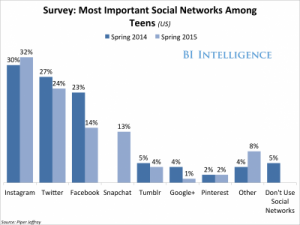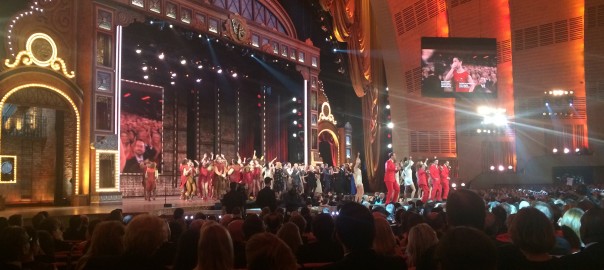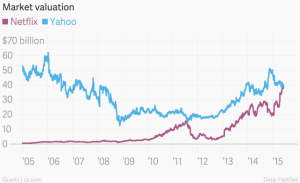PERISCOPE UP
Periscope now has 10 million users who watch 21 million minutes a day.
#social #video
FACEBOOK ADS OUTPERFORM OTHER SOCIAL NETWORKS
More marketers say they’re satisfied with Facebook ad performance than say the same about LinkedIn, Twitter, or YouTube. Those platforms all serve very different functions so it’s a little disingenuous to put them all together in a group as if it’s a single horse-race, but it’s worth keeping in mind. As is this tidbit in the last sentence of the post:
“The report also said paid advertising now accounts for 83% of marketers’ social spending, as it becomes harder to reach users on those social platforms without paying to do so.”
#social
NEW FACEBOOK AD PRODUCTS
The recently launched Carousel unit is already one of the best performing Facebook ad units and the Dynamic Product Ads are sure to be the same (though they are more relevant to retailers than to brand advertisers).
#social
MORE ON AD BLOCKING
Four charts that say ad blocking is something we need to face.
#adblocking
TIMING IS EVERYTHING
One way around ad blocking is increased native options, including new campaigns that target ads to specific real-time moments based on hundreds of factors, from biometric data collected by your cell phone to real-time events such as when your favorite team wins or if you attain a new level in a video game.
#mobile #native
“I AM VERTICAL / BUT I WOULD RATHER BE HORIZONTAL.”
That’s what Sylvia Plath wrote in her poem “I Am Vertical.” It’s a sentiment that applied to video shot for the Web–at least until recently, when platforms such as Snapchat, Periscope, and Meerkat definitely prefer vertically shot video. (Really? Turning your phone to the side to watch a video just takes too much time.)
Farhad Manjoo weighs in on vertical video orientation for the New York Times: “not a crime.”
#video
WHAT’S THE RIGHT MEDIUM FOR YOUR MARKETING: INSTAGRAM OR PINTEREST?
This ClickZ article does a good job outlining the pros and cons of each platform. But what it really comes down to is knowing the ins and outs of whatever platform you’re using to promote your books. Interact using each platform’s native trends, tools and tendencies.
#social
DON’T SLEEP ON VINE
Everyone has been focused on Snapchat, but meanwhile Vine continues to develop a healthy, responsive audience.
#social
ARE VIDEO ADS PERFORMING GREAT FOR ALL THE WRONG REASONS?
We know video ads work . . .
“When Q1 2015 polling by Aol queried US internet users ages 13 to 54 who watched video on a mobile device at least monthly about ad recall, more than eight in 10 remembered digital video placements on each option listed: 84% recalled those on tablets, 83% on smartphones and 82% on PCs.”
. . . .but do people remember them in the way because they’re particularly annoying? Maybe. That said, the problems cited in this survey are fixable: keep repetition down (not a problem for book publishers given our budgets) and keep the videos short (who’s going to tell the editor we can’t use *all* the quotes?).
#video
EMAIL IS (STILL) NOT DEAD
Email marketing is not sexy but it has 3 things going for it: (1) ability to use big data to personalize communication, (2) ease of integrating with other marketing channels, (3) ability to measure and adapt every day
#email
INSTAGRAM, HASHTAGS, AND GOLDILOCKS
How many hashtags should you use in your Instagram posts? Three is too many, one is too few, two is *just* right.
#social
This week's cover art is taken from Ida Applebroog's recent show, "The Ethics of Desire," at Hauser and Wirth. It is from a series of scenes she painted on folding chairs.












